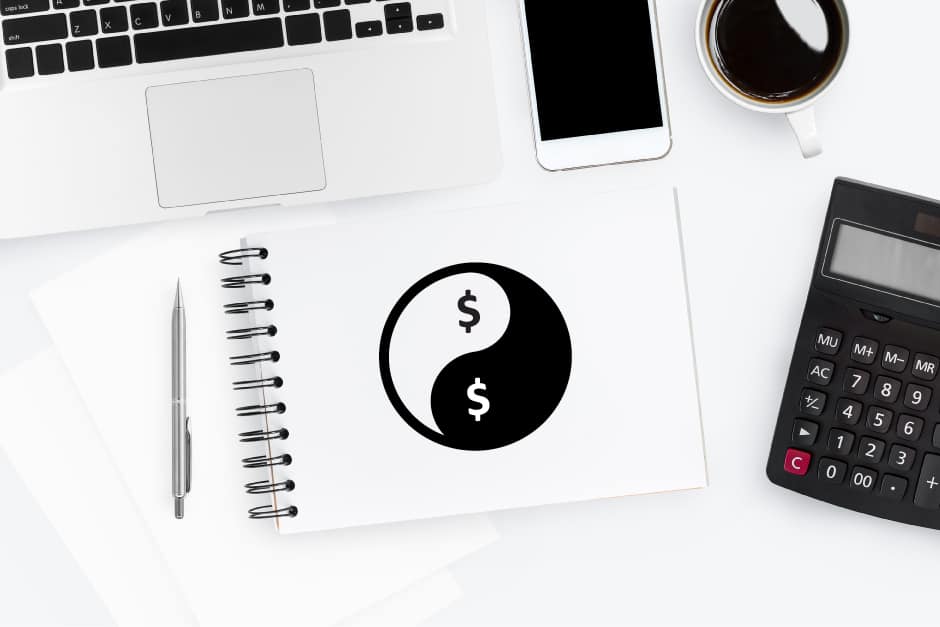by Paul Hunt, Chairman at Pricing Solutions
The two top trends in pricing today couldn’t be more diametrically different. Dynamic pricing and subscription pricing are both batted about the industry frequently and inconsistently, so it’s worth taking a look at what each means before diving into when, how and why it’s beneficial to use each. Our new pricing series will do just that. We’ll be clarifying these trends and offering best practices for B2B companies looking to intelligently incorporate dynamic and subscription pricing into their business practices.
While the shift to the digital economy is driving the popularity of both of these pricing strategies, dynamic pricing and subscription pricing are at two extremes of the pricing spectrum. If we were talking about a dating site, then dynamic pricing which is based on optimizing one-time transactions would be akin to Tinder. Here, the goal is maximizing the profitability of each transaction. There’s not a lot of love there! Subscription pricing, on the other hand, is more akin to eHarmony, where the goal is sustaining a long-term subscription that’s built on customer loyalty and retention, if not love.
“While the shift to the digital economy is driving the popularity of both of these pricing strategies, dynamic pricing and subscription pricing are at two extremes of the pricing’ spectrum.”

Achieving Success with Dynamic Pricing
When we talk about dynamic pricing, we’re talking about transactional optimization, or getting every last cent possible on each transaction ethically, or within the bounds of “fairness.” Subsets of dynamic pricing include demand pricing, time-based pricing, and surge pricing, where businesses set prices for products or services that are flexible and based on current market conditions; conditions that quickly and frequently change.
Businesses using dynamic pricing harness the power of pricing rules which are designed to consider factors like supply and demand, competitor pricing, and other external market variables. These variables change significantly by industry. We’ll discuss these industry nuances later in this series.
Since dynamic pricing is fluid and the pricing method is not firmly set, changes in the abovementioned variables impact prices. While we do see cost fluctuations in some commodities and perishable inventory, dynamic pricing is most commonly used in the service industry. Airlines, the vanguard of this pricing strategy, have used dynamic pricing for years, and as consumers we’ve accepted fluctuations in ticket prices, feeling deflated when we overpay, or pleased when we land a sweet deal.
Now, digital has taken dynamic pricing a step further with machine learning, a type of artificial intelligence (AI) that has brought automation beyond our traditional experiences. Tomi Poutanen, Chief AI Officer at TD Bank, explains to the Globe and Mail, that “with traditional automation, information is coded into fairly rigid rules, which the machines follow to make decisions. With machine learning, there are no rules – the algorithms learn from the data to look at new ways to approach a problem. It’s an incredible increase in the ability of machines to make decisions,” he says.
For most businesses, especially in the B2B field, it is very unclear whether dynamic pricing is an opportunity, which begs the question, what’s possible and should you be applying it?
First, it’s critical to understand that dynamic pricing exists as a spectrum with varying levels of sophistication. Rules-based pricing like deal scoring is an example of dynamic pricing in its simplest form, while AI-driven pricing that leverages machine learning is dynamic pricing in its purest form. Within this series, we’ll look more closely at this scale of dynamic pricing sophistication as well as the opportunities and applications for B2Bs.
“Dynamic pricing exists as a spectrum with varying
levels of sophistication.”

Achieving Success with Subscription Pricing
On the opposite end of the spectrum, is subscription pricing. No matter the industry, the key to subscription pricing is customer loyalty. A successful subscription pricing strategy requires recurring revenue driven by high customer retention rates: a 90% retention rate is “great,” an 80% retention rate is just “good,” and a 25% retention rate means you’ll soon be out of business.
Subscription pricing is advancing rapidly, and the question in B2B is how far will it go? Our view is pretty far! The Internet of Things is fueling B2B subscription pricing. In fact, about one-third of the projects we do for clients today, whether they’re in the agri-business, industrial equipment, healthcare, restaurants or high tech, include developing subscription pricing models for digital offers that simply did not exist 10 years ago. For this reason, B2B executives should take a close look at developing competence and deploying best practices in the area of subscription pricing.
Staying Competitive
As dynamic and subscription pricing continue to go viral, it becomes more and more important to understand the opportunity to deploy these two distinct pricing methodologies. Over the next few months, we’ll be sharing how we think B2B companies can intelligently incorporate these two transformational pricing strategies and turn them into highly profitable business practices. Stay tuned!
In the meantime, feel free to reach out to one of our pricing experts to discuss how dynamic pricing or subscription pricing can improve your bottom line.
Interested in This Pricing Series?
Subscribe to Our Pricing Newsletter





